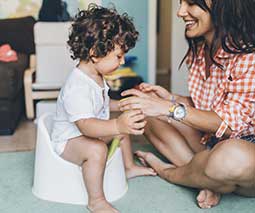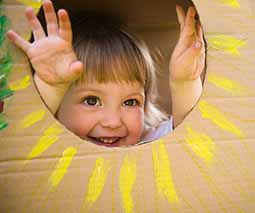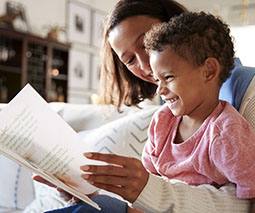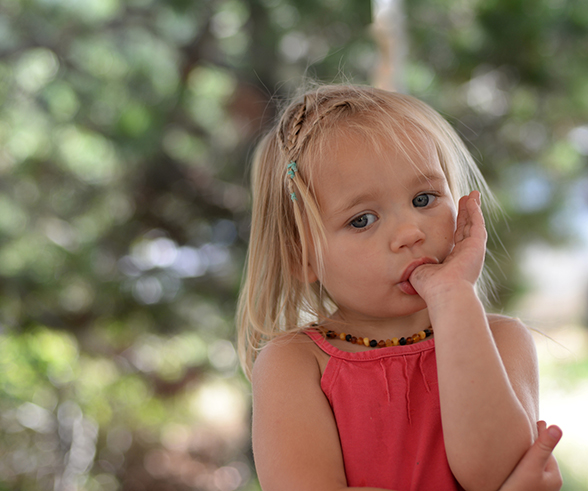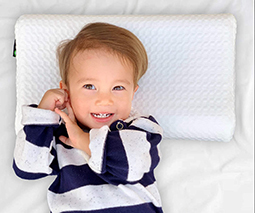How to help children self-regulate their stress in 5 steps
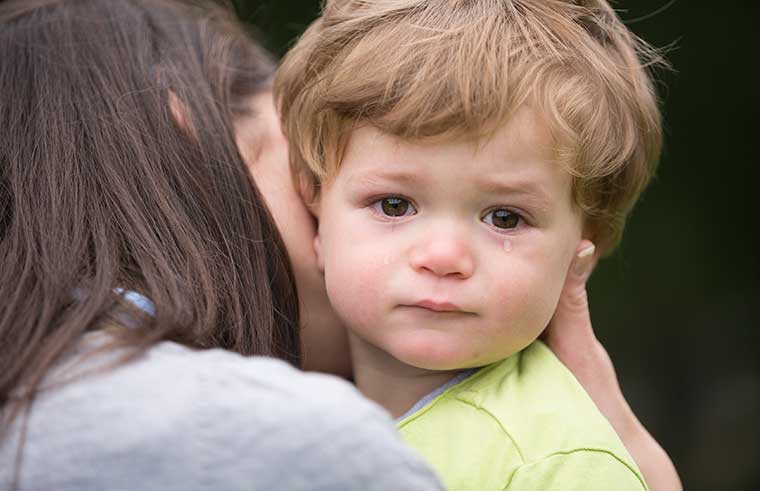
Helping our children understand and regulate their emotions is one of the most important things we can do as parents. But it’s not always easy when they’ve just thrown tomato sauce all over your white work shirt.
Dr Stuart Shanker, the founder of the Self Regulation Institute, has developed a five-step process that will help you in the most trying of circumstances.
Listen to Dr Stuart Shanker on Feed PLay Love:
The takeaways…
Self-regulation refers to how we manage stress. Sometimes the way we – or our kids – feel stress is problematic, and if we fall into bad habits, these can have bad ramifications further down the track.
A (very simplified) overview of Stuart’s five steps to help kids self-regulate their stress:
1. Reframe – first, we need to know the difference between misbehaviour and stress behaviour.
2. Recognise – stress is anything that makes the brain burn energy, and everyone’s stresses look different. For children, some of the most common stressors can include everything from not enough sleep to stressed parents and too much sugar.
3. Reduce – once a child (and parent) has recognised their stressors, you can work to reduce them.
4. Reflect – however stress is impossible to avoid, so it’s important to remember that after a meltdown, a parent’s job is first to soothe. Give your child time to think about what they have experienced.
5. Respond, restore and recover – only once a child is calm can you start to teach them about the feelings they are experiencing. Trying to help them register the stress they have felt, and show them that it takes self-management to navigate those feelings. Each child will need to find their own ways to calm down – drawing, going outside, listening to music.
The 3 things Stuart hopes every parent will keep in mind:
- There is no such thing as a bad kid.
- There is no such thing as a kid who cannot learn to self-regulate in a manner that promotes growth in all its multi-faceted aspects.
- There is no such thing as a trajectory that cannot be changed; all worrying trajectories can be changed if only we have the right tools.
You can read more about Stuart’s approach to self-regulation through Early Childhood Australia or check out the Self Regulation Institute website.
This post was originally published on Kinderling Kids Radio. Download the Kinderling app for more great stories.
